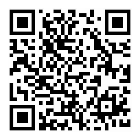ISO/IEC 11889-2-2009 信息技術(shù).可信平臺模塊.第2部分:設(shè)計原則
作者:百檢網(wǎng) 時間:2021-07-20
中文標(biāo)準(zhǔn)名稱:信息技術(shù).可信平臺模塊.第2部分:設(shè)計原則
英文標(biāo)準(zhǔn)名稱:Information technology - Trusted Platform Module - Part 2: Design principles
標(biāo)準(zhǔn)類型:L70
發(fā)布日期:1999/12/31 12:00:00
實施日期:1999/12/31 12:00:00
中國標(biāo)準(zhǔn)分類號:L70
國際標(biāo)準(zhǔn)分類號:35.040
引用標(biāo)準(zhǔn):ISO/IEC 8825-1;ISO/IEC 10118-3;ISO/IEC 18033-3;IEEE P1363;IETF RFC 2104;IETF RFC 2119;PKCS 1 Version 2.1
適用范圍:ISO/IEC 11889 defines the Trusted Platform Module (TPM), a device that enables trust incomputing platforms in general. ISO/IEC 11889 is broken into parts to make the role of eachdocument clear. Any version of the standard requires all parts to be a complete standard.A TPM designer MUST be aware that for a complete definition of all requirements necessary tobuild a TPM, the designer MUST use the appropriate platform specific specification to understandall of the TPM requirements.Part 2 defines the principles of TPM operation. The base operating modes, the algorithms and keychoices, along with basic interoperability requirements make up the majority of the normativestatements in part 2.1.1 Key wordsThe key words “MUST,” “MUST NOT,” “REQUIRED,” “SHALL,” “SHALL NOT,” “SHOULD,”“SHOULD NOT,” “RECOMMENDED,” “MAY,” and “OPTIONAL” in this document’s normativestatements are to be interpreted as described in RFC-2119, Key words for use in RFCs to IndicateRequirement Levels.1.2 Statement TypePlease note a very important distinction between different sections of text throughout this document.You will encounter two distinctive kinds of text: informative comment and normative statements.Because most of the text in this specification will be of the kind normative statements, the authorshave informally defined it as the default and, as such, have specifically called out text of the kindinformative comment They have done this by flagging the beginning and end of each informativecomment and highlighting its text in gray. This means that unless text is specifically marked as ofthe kind informative comment, you can consider it of the kind normative statements.For example:Start of informative commentThis is the first paragraph of 1–n paragraphs containing text of the kind informative comment ...This is the second paragraph of text of the kind informative comment ...This is the nth paragraph of text of the kind informative comment ...To understand the standard the user must read the standard. (This use of MUST does not requireany action).End of informative commentThis is the first paragraph of one or more paragraphs (and/or sections) containing the text of thekind normative statements ...To understand the standard the user MUST read the standard. (This use of MUST indicates akeyword usage and requires an action).
相關(guān)標(biāo)準(zhǔn)
百檢能給您帶來哪些改變?
1、檢測行業(yè)全覆蓋,滿足不同的檢測;
2、實驗室全覆蓋,就近分配本地化檢測;
3、工程師一對一服務(wù),讓檢測更精準(zhǔn);
4、免費初檢,初檢不收取檢測費用;
5、自助下單 快遞免費上門取樣;
6、周期短,費用低,服務(wù)周到;
7、擁有CMA、CNAS、CAL等權(quán)威資質(zhì);
8、檢測報告權(quán)威有效、中國通用;
客戶案例展示
相關(guān)商品
相關(guān)資訊

最新資訊
版權(quán)與免責(zé)聲明
①本網(wǎng)注名來源于“互聯(lián)網(wǎng)”的所有作品,版權(quán)歸原作者或者來源機構(gòu)所有,如果有涉及作品內(nèi)容、版權(quán)等問題,請在作品發(fā)表之日起一個月內(nèi)與本網(wǎng)聯(lián)系,聯(lián)系郵箱service@baijiantest.com,否則視為默認百檢網(wǎng)有權(quán)進行轉(zhuǎn)載。
②本網(wǎng)注名來源于“百檢網(wǎng)”的所有作品,版權(quán)歸百檢網(wǎng)所有,未經(jīng)本網(wǎng)授權(quán)不得轉(zhuǎn)載、摘編或利用其它方式使用。想要轉(zhuǎn)載本網(wǎng)作品,請聯(lián)系:service@baijiantest.com。已獲本網(wǎng)授權(quán)的作品,應(yīng)在授權(quán)范圍內(nèi)使用,并注明"來源:百檢網(wǎng)"。違者本網(wǎng)將追究相關(guān)法律責(zé)任。
③本網(wǎng)所載作品僅代表作者獨立觀點,不代表百檢立場,用戶需作出獨立判斷,如有異議或投訴,請聯(lián)系service@baijiantest.com



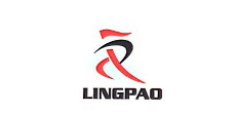
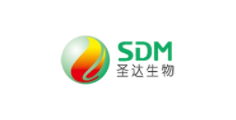
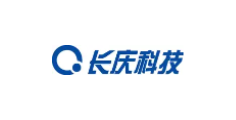
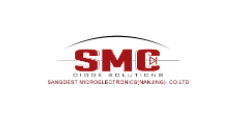
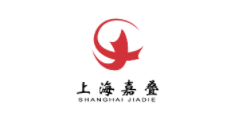
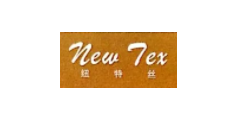
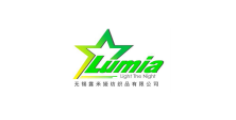
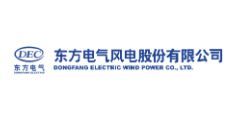


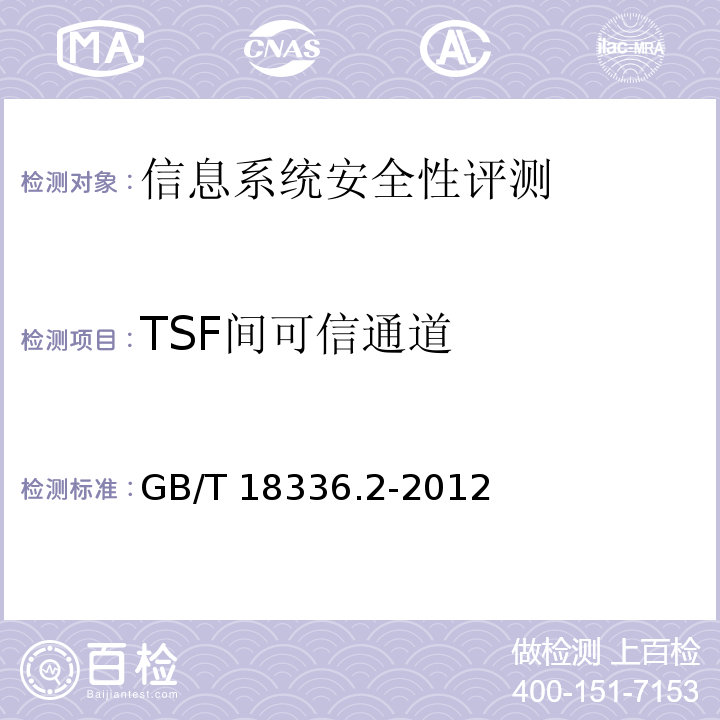
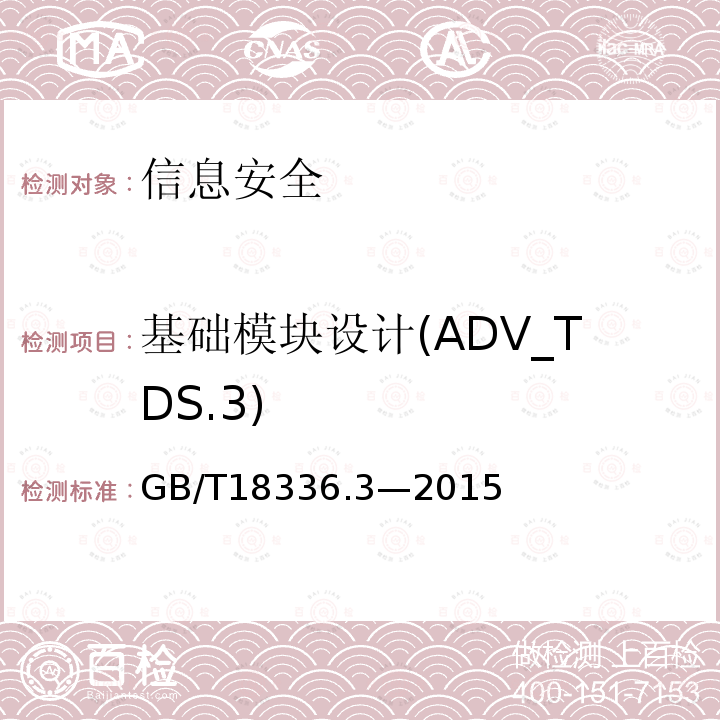
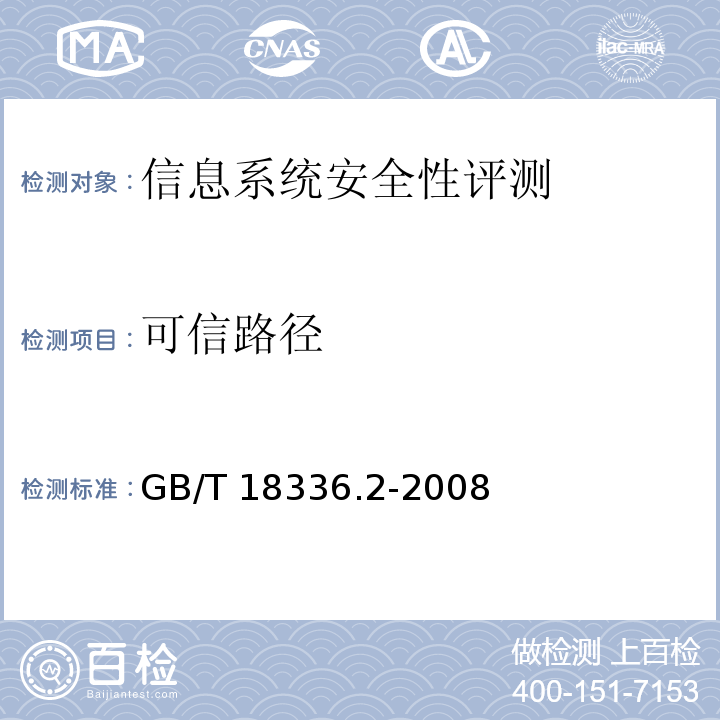
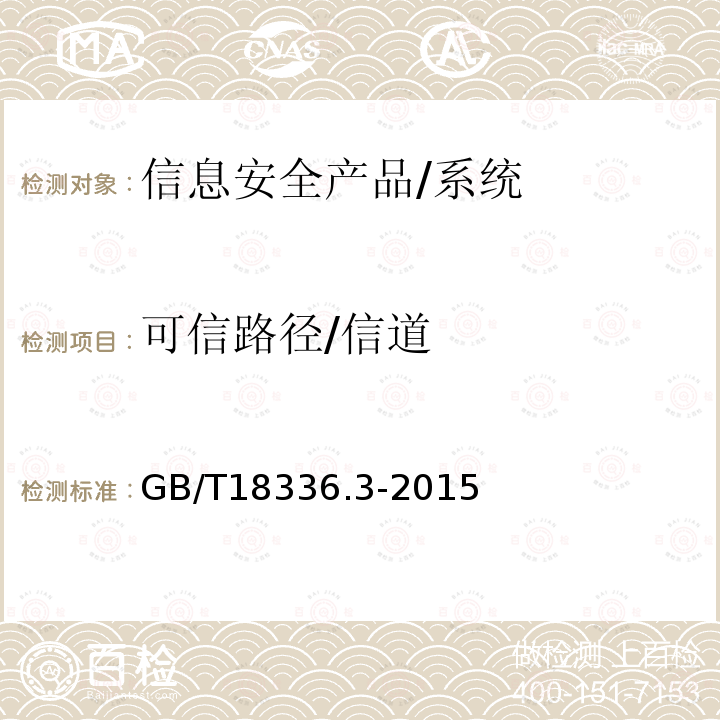

.png)
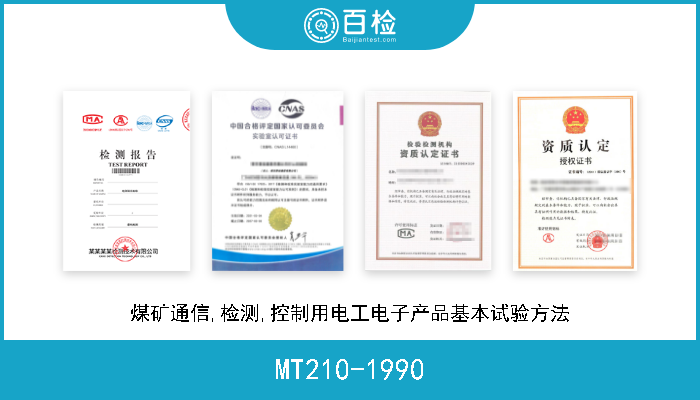
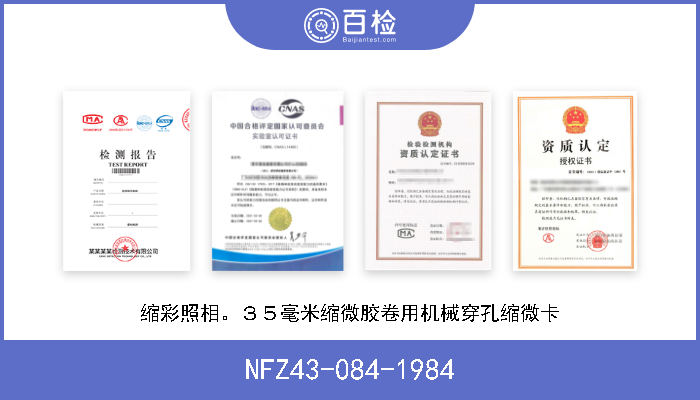
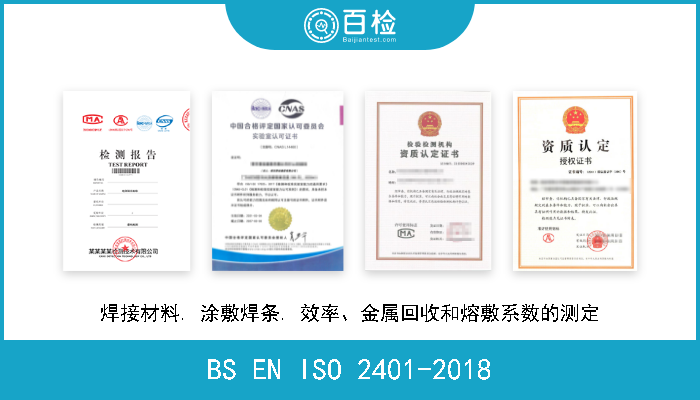
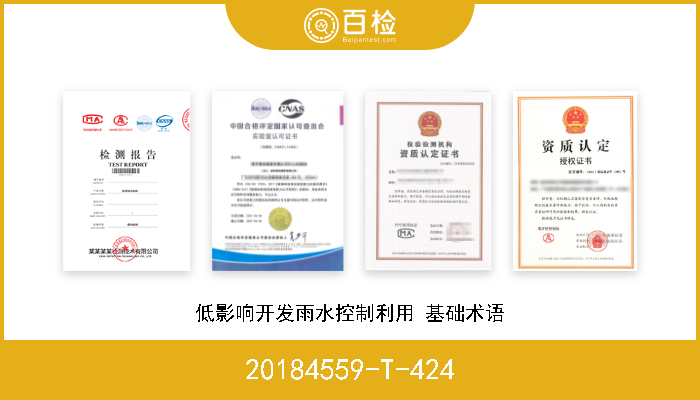
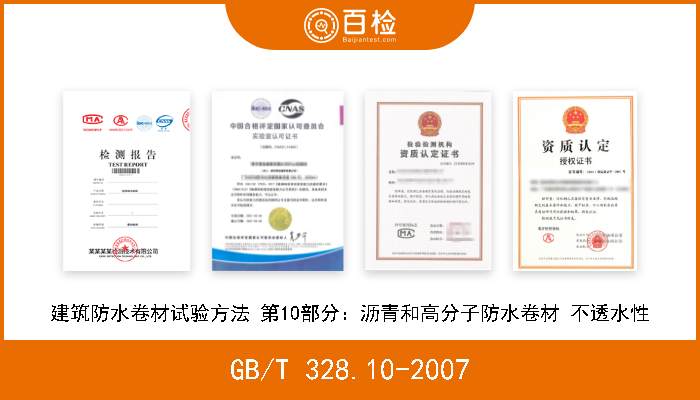
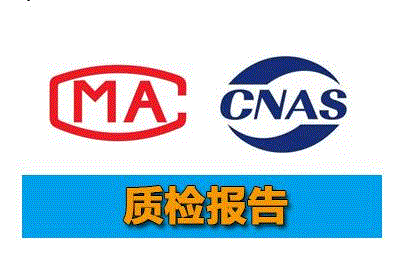
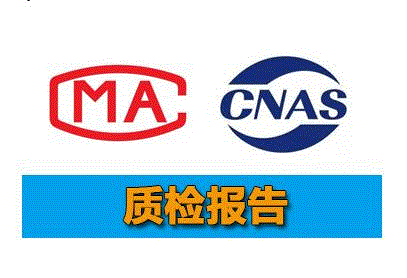
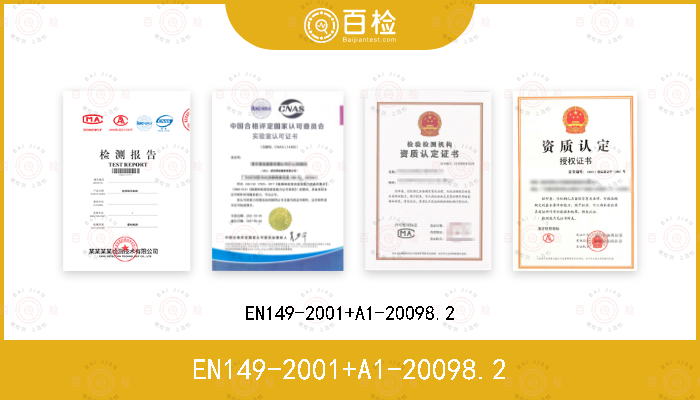
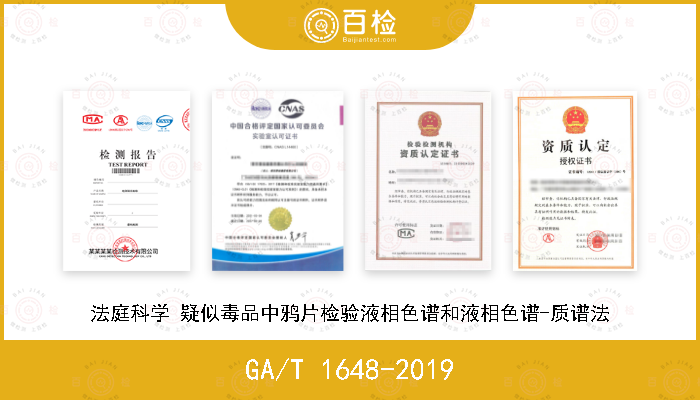


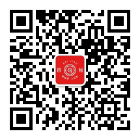
 400-101-7153
400-101-7153 15201733840
15201733840